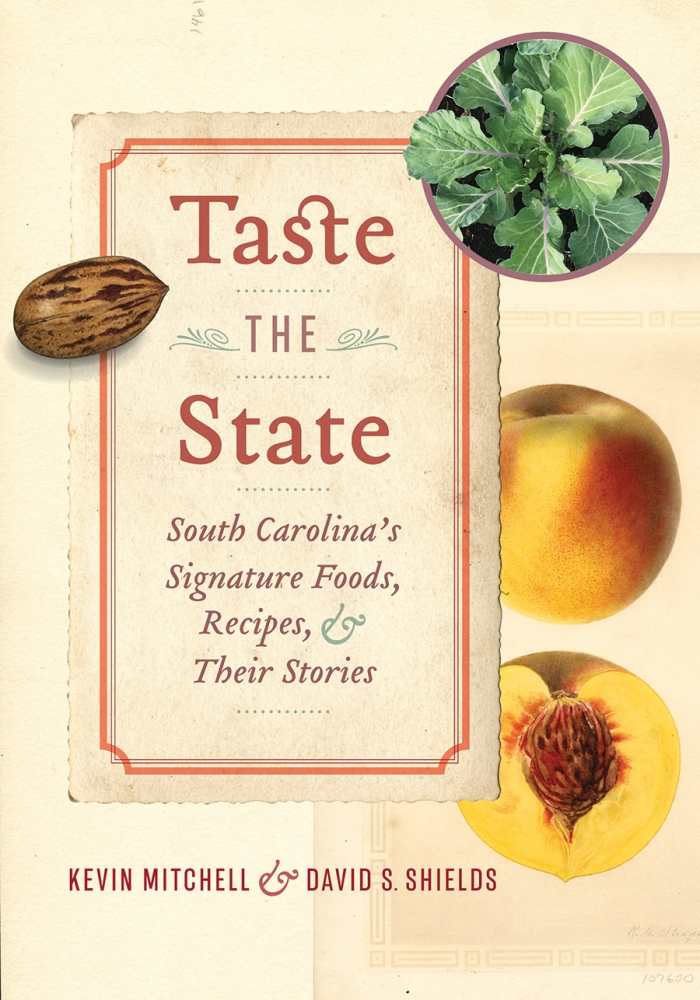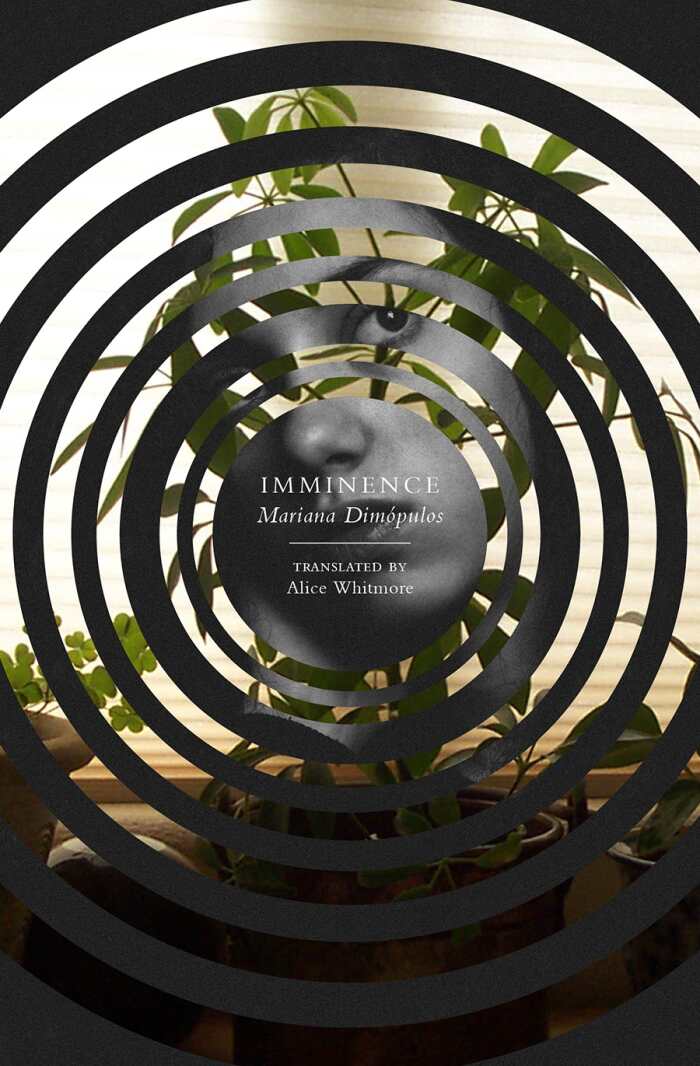Book of the Day Roundup: August 30-September 3, 2021
Murder Most Fair
A Verity Kent Mystery

Anna Lee Huber
Kensington
Softcover $14.99 (384pp)
978-1-4967-2849-4
Buy: Local Bookstore (Bookshop)
Anna Lee Huber’s Murder Most Fair is a captivating story set in post-World War I Britain.
Verity Kent was a Secret Service agent during WWI. Though sworn to secrecy by the Official Secrets Act, in Germany, Verity divulged her wartime activities to her Great Aunt Ilse during a covert mission when she used her aunt’s home as a safe house for a German deserter. Now, as Verity adjusts to post-war life and reunites with her husband, Sydney, whom she’d thought lost during the war, she receives an unexpected visit from Ilse and her maid, who’ve fled from Germany. Her undercover work placed Ilse at risk; Verity must keep her safe without violating her oath.
Verity assumes the women will be safer outside London; she’s afraid of what suspected traitor, Lord Ardmore, might do if he learns of their presence. She and Sydney take them to Verity’s ancestral home in the Yorkshire Dales. There, Verity faces animosity from family and fellow villagers, who don’t understand why she stayed away so long, especially after her brother, Rob, was killed in an aerial mission over France. When Ilse’s maid is murdered, a stranger in the village is suspected. Verity uses her war experiences to aid in her fearless approach to solving the crime, though unresolved wartime incidents and resentments make the prospect of identifying who’s responsible more complex.
In the engrossing historical mystery Murder Most Fair, the heroine’s grief, and her relationships with her also grieving family, add texture to the dramatic investigation, while era details, as of cars, fashions, medical practices, and post-war British hostility toward Germans, contribute to the fascinating backdrop.
WENDY HINMAN (August 25, 2021)
Taste the State
South Carolina’s Signature Foods, Recipes, and Their Stories

Kevin Mitchell
David S. Shields
The University of South Carolina Press
Hardcover $34.99 (240pp)
978-1-64336-196-3
Buy: Local Bookstore (Bookshop)
Chef Kevin Mitchell and Professor David S. Shields crisscross South Carolina geography and social history in Taste the State. Their alphabetical compendium of stories, recipes, and photographs champions the Palmetto State’s distinctive foods and unearths fresh information about traditional foodways and regional culinary history.
Native plants and fishes and heirloom crops are a special focus of the book, even when they have been overharvested or eradicated by disease, or have fallen out of favor, like freshwater turtles for cooter soup. Mitchell and Shields are reverent in describing how boys hawked strings of roasted chinquapins (a smaller native variety of chestnut) at railroad stations before an early twentieth-century blight wiped out most of the trees. They acknowledge current work by growers and producers to develop new breeding stocks and expand availability of these and other foods, like Guinea Squash and Carolina Gold Rice, encouraged by a strong revival of interest in Southern culinary heritage.
The noteworthy Low Country cuisine is represented in ample terms, with its distinctive rice and seafood dishes, but other state regions receive their due, too. There are entries about foods such as roast wild duck, Pigfoot gravy, and a variety of vegetable pickles. Historical recipes, and Chef Mitchell’s updated versions of signature recipes, are vibrant additions.
Mitchell and Shields’s extensive research results in important scholarship about the often under-heralded culinary contributions of Black American and Indigenous cooks, producers, and vendors. They are neat in summarizing how technological innovations, like refrigeration and the development of interstate transportation systems, influenced the way that South Carolinians grew and cooked their food over the years.
From chubby Palmetto Asparagus to the “cheap high” of Yaupon Tea, Taste the State serves up intriguing bits of South Carolina food history, resulting in an entertaining, edifying treat.
RACHEL JAGARESKI (August 25, 2021)
Imminence

Mariana Dimópulos
Alice Whitmore, translator
Transit Books
Softcover $15.95 (150pp)
978-1-945492-55-6
Buy: Local Bookstore (Bookshop)
In Mariana Dimópulos’s novel Imminence, a woman fears the resurgence of her aimless, unhappy past.
Though she’s been pressured to marry, have children, and behave in subservient, restrictive ways, the narrator doesn’t fit the mold of traditional womanhood. Her actions take on a performative quality: she is polite because it is expected, acts in certain ways because that is “what women do,” and allows others to shape her views. Even living itself comes to feel unnatural to her.
The woman also feels detached from her newborn son, whom she often refers to as “it”; she is plagued by a sense of disconnect after his birth. This is followed by brief joy, though unease and a sense of inevitability then descend.
Here, over the course of a single evening, she recalls the people who shaped her life: an elderly relative whom she stayed with as a teenager; a friend from young adulthood who resisted and then succumbed to the desire for children; and an older cousin whose persistence threatens her chance at happiness. Her wistful tone betrays her yearning for these lost loved ones, as well as her desire for a place to call her own.
Even though the pressure to conform never ends, the narrator fights it in vague ways. She finds solace in logic and numbers (which, unlike people, never change, die, or leave); still, it takes decades for her to find a place to call home. Even from there, a lifetime’s worth of pressure and incongruity may not let her go. The past is an irresistible force toward the novel’s ambiguous end, which only makes it plain that the narrator’s life will never be the same.
In the somber novel Imminence, a woman grapples with love, loss, and femininity.
EILEEN GONZALEZ (August 26, 2021)
Colliding Worlds
How Cosmic Encounters Shaped Planets and Life

Simone Marchi
Oxford University Press
Hardcover $25.95 (224pp)
978-0-19-884540-9
Buy: Local Bookstore (Bookshop)
“Planets are born from the chaos of countless collisions,” Simone Marchi writes in Colliding Worlds, which cites everything from lunar craters to gold seams as evidence of interplanetary impacts.
Space rocks have not existed from the beginning of time, but are due to collisions between smaller objects, Marchi says. These rocks, in turn, are responsible for the many craters visible on the surface of Earth and the Moon. The asteroid that wiped out the dinosaurs about 65 million years ago paved the way for human life, while early impacts deposited precious metals, he notes; similar incidents on other planets could also create the conditions necessary for life. And in the years to come, artifacts of space collisions may aid in the search for extraterrestrial life: signs of past water on Mars are our best indication that it may once have hosted life, so the Mars 2020 mission is continuing that search.
Marchi, who grew up near Galileo’s hometown, reports on recent findings from telescopes and space operations, while also drawing on his involvement in NASA’s Dawn mission to the asteroid Vesta, which launched in 2007. The book’s color plates and in-text illustrations, including simulations, maps, and photographs of craters, bring the cosmic closer to home.
The latest research still builds on the foundation of the earliest astronomers’ knowledge, so Marchi gives background information on Kepler’s hierarchical organization of the planets—heliocentric like Copernicus’s. The narrative alternates between history and speculation and is always tailored to the layperson’s comprehension and interest. Occasional fanciful metaphors result in verve, as when Marchi describes planetesimals as being like the “crumbs left on a table after some Pantagruelic feast.”
From the solar system’s formation to the prospects for future discoveries in space, Colliding Worlds depicts the dramatic sweep of cosmic events.
REBECCA FOSTER (August 26, 2021)
Oksi

Mari Ahokoivu
Silja-Maaria Aronpuro, translator
Levine Querido
Hardcover $24.99 (400pp)
978-1-64614-113-5
Buy: Local Bookstore (Bookshop)
Inspired by Finnish mythology and folklore, Oksi is a grand, memorable graphic novel about family, jealousy, and love.
Umi is a mother bear with several cubs. One, Poorling, is different from the others. Scaup, a primordial god in the form of a waterfowl, notices those differences and begins to tutor Poorling on how to use her special abilities. Meanwhile, Umi hides her cubs from Emuu, the “fierce grandma in the sky,” and Mana, whose Shadow Children inhabit the forest.
The book’s events unfold in a slow, dramatic fashion. The hidden agendas of Emuu and Mana are revealed, along with Poorling’s true origins. Umi is killed, but Poorling if offered a bargain by the primordials: she can be restored in exchange for Poorling’s service as guardian of the forest. Though this entails a risk (there’s no guarantee that Umi will accept her), Poorling agrees, and she takes a new name to go with her new role: Oksi.
The book’s art is a haunting but playful feast for the eyes; its procession of stunning images are complemented by the selective use of color. Poorling is drawn in a cartoonish form, while other characters are dark and ominous. But the roles are sometimes reversed, yielding surprises: there are glimpses of Poorling’s inner rage, and the bipedal Shadow Children are shown in primitive, animalistic poses. Gray scale images of the forest landscape at the beginning and end of the book establish its setting and mood, while the book’s length allows for natural, rising intensity.
Oksi interprets an age-old story with inimitable vision and grace.
PETER DABBENE (August 26, 2021)
Barbara Hodge
